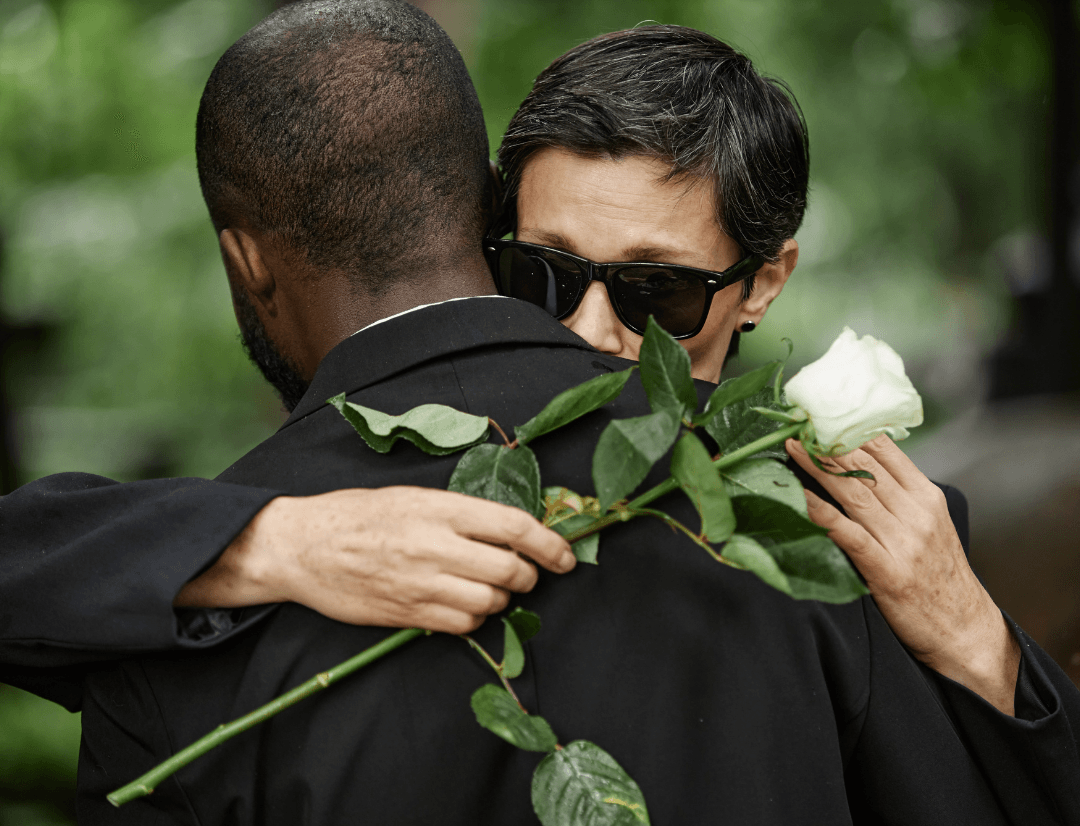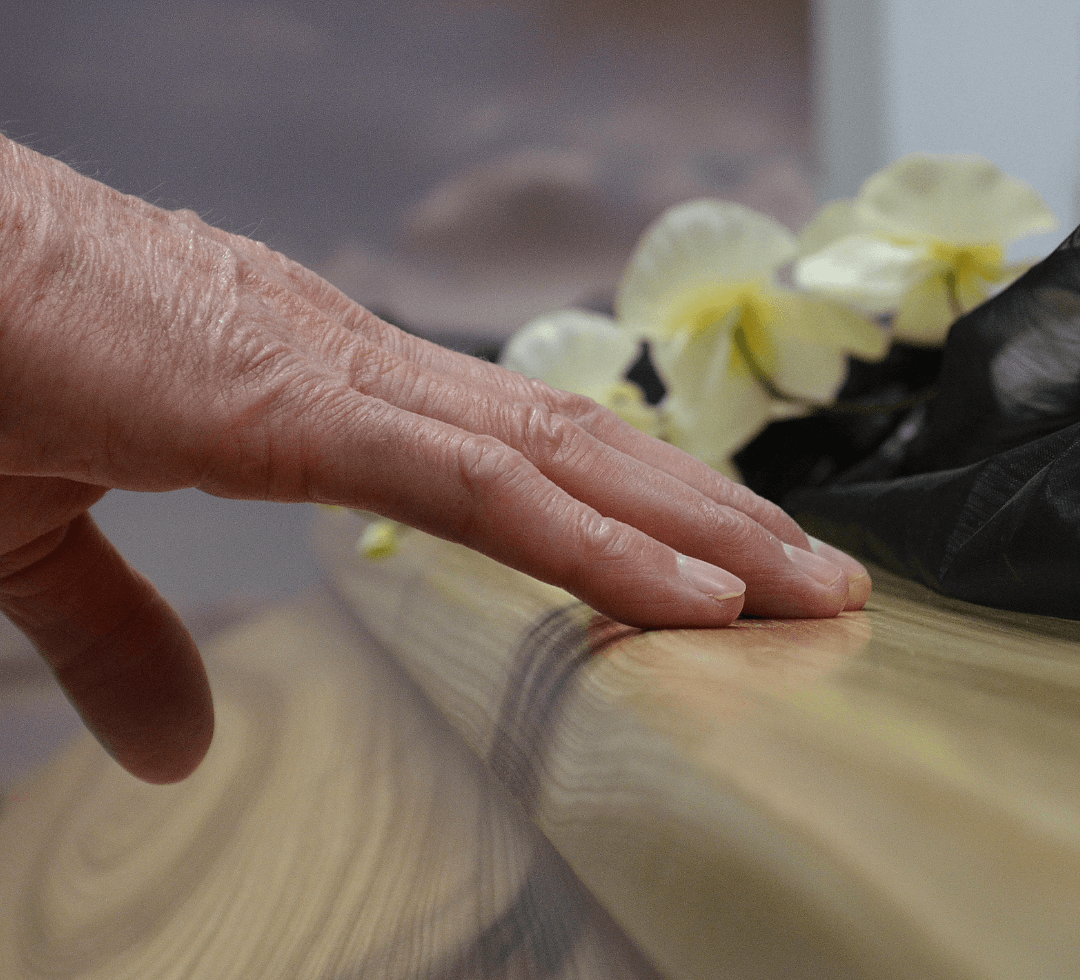
The funeral industry has been an active practice for centuries but did not become a formal business until the late 1800s. Initially, it was predominantly a male-dominated industry, with women relegated to supporting roles such as caregiving and mourning. However, as society evolved, women’s opportunities in the field began to increase. Concurrently, the rise of women in funeral traditions brought about a shift in societal perceptions, allowing women to take on more prominent roles within the industry.
One pioneering figure in this regard is Henrietta Bowers Duterte, who became the first woman to formally work as an undertaker in 1958. Her courage and determination broke barriers and paved the way for future generations of women in the profession. Since Duterte’s trailblazing efforts, the presence of women in the funeral industry has steadily increased.
Today, the number of women funeral directors continues to rise, reflecting a broader trend of gender diversity within the profession. Mortuary schools have witnessed a significant influx of female students, with their enrollment increasing from 35% to 79% over the last 30 years. This surge in female representation underscores the changing demographics and attitudes within the field.
Moreover, women in the funeral industry are not confined to traditional roles. While funeral directors and embalmers remain essential positions, women are also making significant contributions as grief counselors, celebrants, authors, and advocates. Their diverse roles highlight the varied skill sets and expertise that women bring to the profession.
As women continue to make their mark and reshape traditional paradigms, they are not only challenging stereotypes but also enriching the profession with their unique perspectives and contributions. In the ongoing journey towards a more diverse and inclusive funeral industry, women play vital roles as leaders, advocates, and change-makers.



